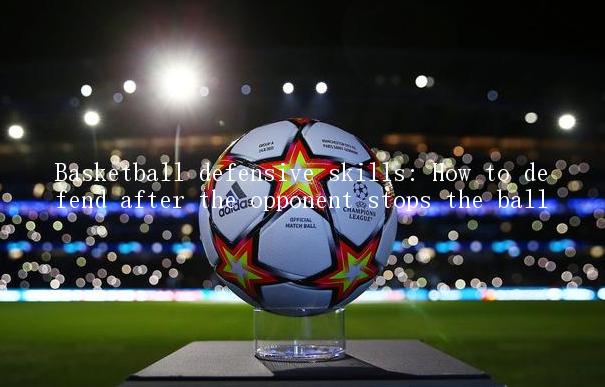Basketball defensive skills: How to defend after the opponent stops the ball

In basketball, defense is the key to winning. After the opponent stops the ball, how to effectively defend will directly affect the direction of the game. Below I will introduce some basketball defensive skills.
After the opponent stops the ball, the defender needs to respond quickly and move quickly to maintain a suitable distance from the opponent. Maintaining the right distance can force opponents to choose to pass or continue dribbling, giving defenders more opportunities.
Defenders need to learn to observe their opponents 'footsteps and body movements in order to better predict their opponents' next move. By observing the opponent's body language, defenders can adjust their positions in advance to better steal or block the opponent's offensive line.
Defenders need to learn to use physical contact and rationally use physical strength to interfere with opponents 'attacks. After the opponent stops the ball, the defender can limit the opponent's space for action by keeping his body close to the opponent and maintaining physical contact while reducing the opponent's shooting opportunities.
In addition, effective defense also requires attention to the use of hands. Defenders can use hand movements to interfere with their opponents 'sight and range, making it more difficult for their opponents to shoot. For example, try swinging your arms towards your opponent's upper body to interfere with his shooting rhythm and accuracy.
Defenders should always remain focused and vigilant. After the opponent stops the ball, the defender needs to keep an eye on the opponent's movements and be always ready to respond to the opponent's breakthrough or pass. Only by staying highly vigilant and responding quickly can we defend properly after the opponent stops the ball.
RELATED STORIES






LATEST NEWS







